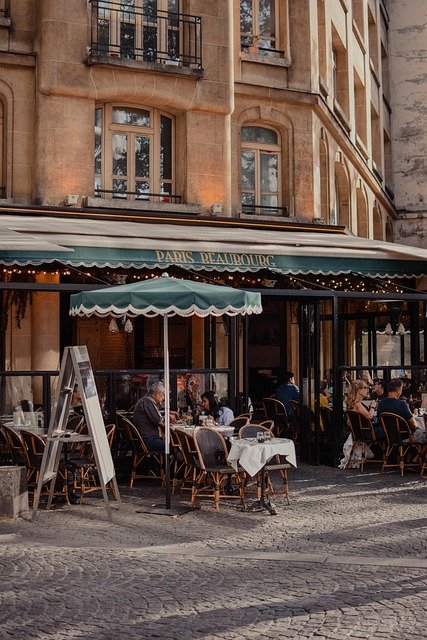Unspoken Language: The Rise of Silent Cafes in Urban Centers
In a world dominated by constant chatter and digital noise, a curious trend is emerging in urban centers across the globe: silent cafes. These unique establishments are redefining social interactions, challenging our perceptions of communal spaces, and offering a much-needed respite from the cacophony of modern life. Read below to explore this fascinating phenomenon and its implications for society.

Origins and Evolution
The silent cafe movement can be traced back to the early 2010s, with early pioneers emerging in major cities like London and Tokyo. These initial experiments were met with skepticism, but they quickly gained traction among urban dwellers seeking refuge from the constant stimulation of city life. The concept has since evolved, incorporating elements of mindfulness, productivity, and even therapy.
The Science of Silence
Research in cognitive psychology has long established the benefits of silence on mental health and cognitive function. A 2013 study published in the journal Brain, Structure and Function found that two hours of silence daily led to the development of new cells in the hippocampus, a brain region associated with memory, emotion, and learning. Silent cafes capitalize on these findings, offering patrons a space to reap the neurological benefits of quietude.
Architectural Innovations
The design of silent cafes presents unique challenges and opportunities for architects and interior designers. These spaces must balance acoustics, aesthetics, and functionality to create an environment conducive to silence without feeling sterile or oppressive. Many silent cafes incorporate sound-absorbing materials, strategic layout designs, and even subtle white noise generators to maintain a peaceful atmosphere.
Social Dynamics in Silence
Perhaps the most intriguing aspect of silent cafes is the way they reshape social interactions. Traditional cafes thrive on verbal communication, but silent cafes foster a different kind of connection. Patrons communicate through gestures, facial expressions, and shared experiences, creating a unique form of nonverbal camaraderie. This shift in social dynamics has sparked interest among sociologists, who see silent cafes as microcosms for studying human behavior in the absence of spoken language.
Cultural Variations and Adaptations
As the silent cafe concept spreads globally, it has taken on different forms to suit local cultural contexts. In Japan, where the culture of silence is already deeply ingrained, silent cafes often incorporate elements of traditional tea ceremonies. In contrast, American adaptations might include designated silent hours in otherwise bustling cafes, catering to a culture that values flexibility and options.
Implications for Urban Planning
The popularity of silent cafes is prompting urban planners and policymakers to reconsider the role of quiet spaces in city design. Some forward-thinking municipalities are now incorporating silent zones into public parks and community centers, recognizing the importance of accessible quiet spaces for urban well-being. This shift could have far-reaching implications for how we conceive and construct our cities in the future.
Challenges and Criticisms
Despite their growing popularity, silent cafes are not without their critics. Some argue that these spaces promote social isolation and detachment, running counter to the traditional role of cafes as centers of community engagement. Others worry about the potential for these spaces to become exclusive, catering only to those who can afford the luxury of silence in bustling urban environments.
The Future of Silent Socializing
As we look to the future, the silent cafe phenomenon raises intriguing questions about the nature of social interaction in an increasingly noisy world. Will these spaces remain niche attractions, or could they signal a broader shift towards more contemplative forms of socialization? The answers to these questions will likely shape the evolution of urban social spaces in the coming decades.
In conclusion, the rise of silent cafes represents more than just a passing trend; it is a reflection of deeper societal needs and shifting cultural values. As we navigate the complexities of modern urban life, these quiet oases offer a unique space for reflection, connection, and respite. Whether they become a mainstay of urban culture or evolve into something entirely new, silent cafes have already left an indelible mark on the landscape of contemporary social interaction.





